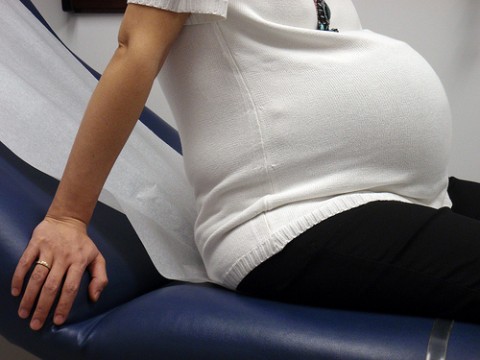Preeclampsia Only Occurs in Pregnant Women
Preeclampsia is a common disorder that only occurs in pregnant women. While it is treatable if caught early, the disorder does pose a risk to the health of the mother and baby. Women who are pregnant should learn about the signs and symptoms of preeclampsia, as well as the causes and treatments for the disorder.

What causes preeclampsia?
While there are many theories related to the causes of preeclampsia, there is no exact cause that has been singled out. Some research suggests that it could be caused by genetic factors or a poor diet. While other theories suggest that it is related to a weak immune system, not enough blood flow to the uterus or problems with damaged blood vessels. Some women who have hypertension develop preeclampsia during pregnancy.
How is preeclampsia diagnosed?
Preeclampsia is usually diagnosed after the 20th week of pregnancy; however, it can also appear earlier during gestation. Every time a woman visits the doctor while pregnant, her urine will be checked for protein and her blood pressure will be taken. Preeclampsia is diagnosed when a woman has protein in her urine and high blood pressure. If preeclampsia is suspected, the physician may order additional tests, such as blood tests and prolonged urine tests. The physician may also check on the baby by ordering a fetal ultrasound or a nonstress test.
What are the risk factors for developing preeclampsia?
Women who are younger than 20 or older than 40 are at a higher risk for developing preeclampsia. Women who have a history of high blood pressure, kidney disease, lupus or diabetes are also at a higher risk. A personal or family history of preeclampsia and obsesity are also risk factors.
What are the symptoms of preeclampsia?